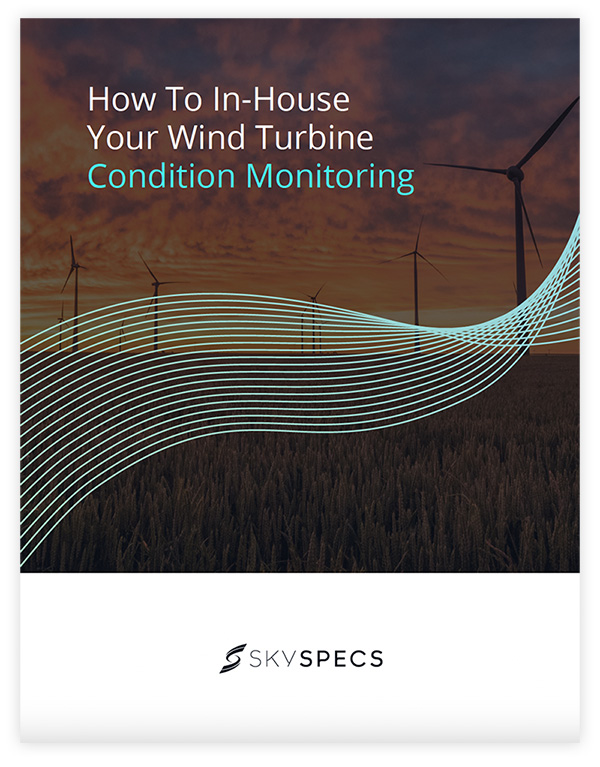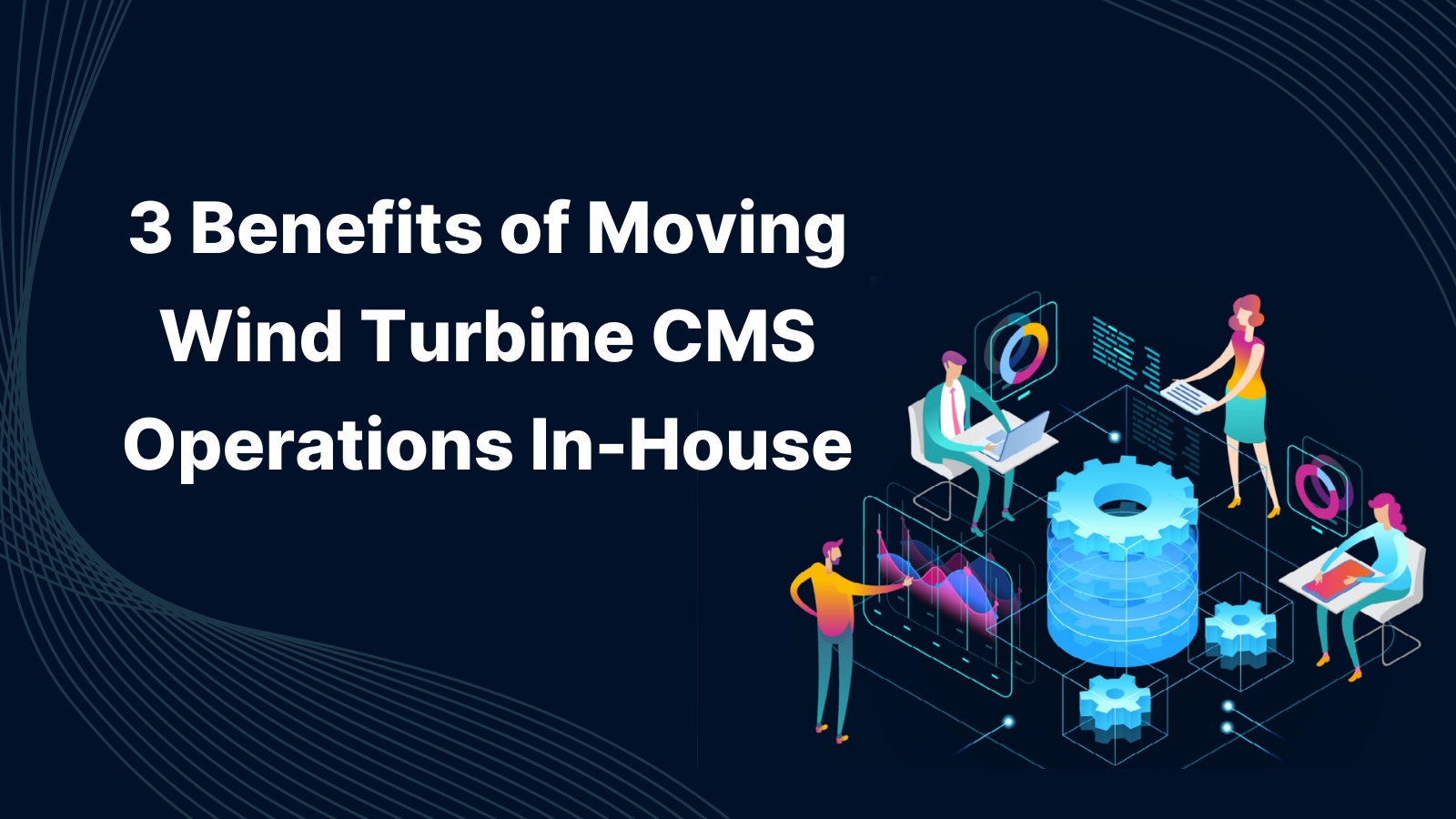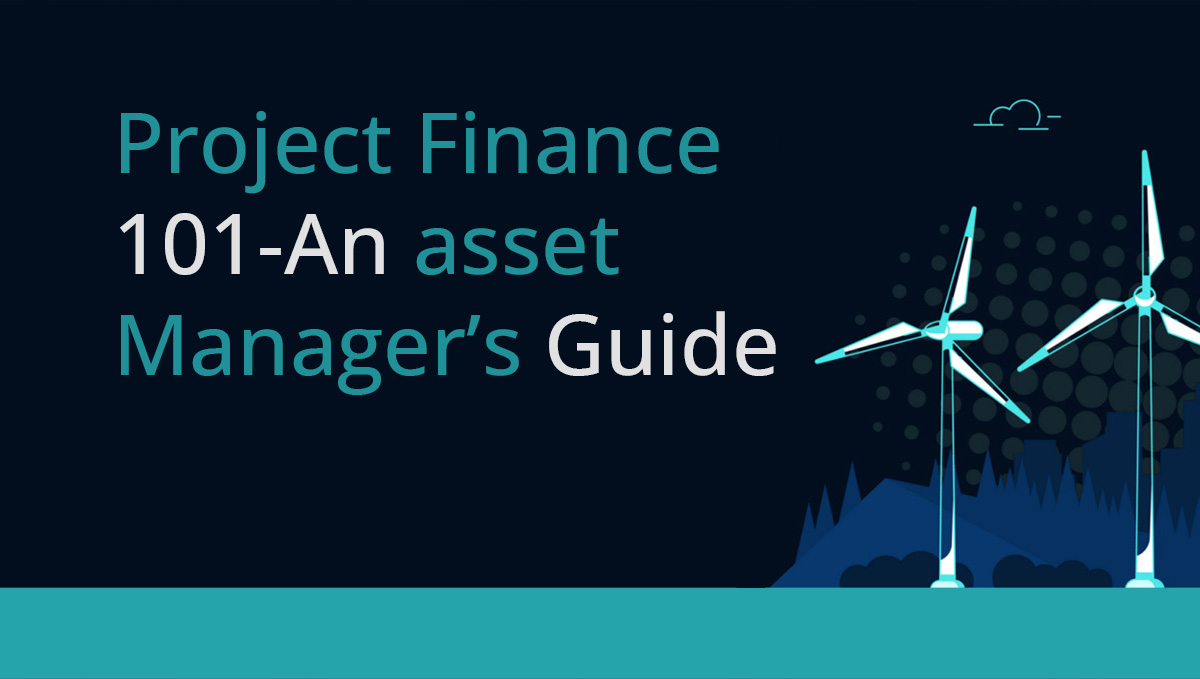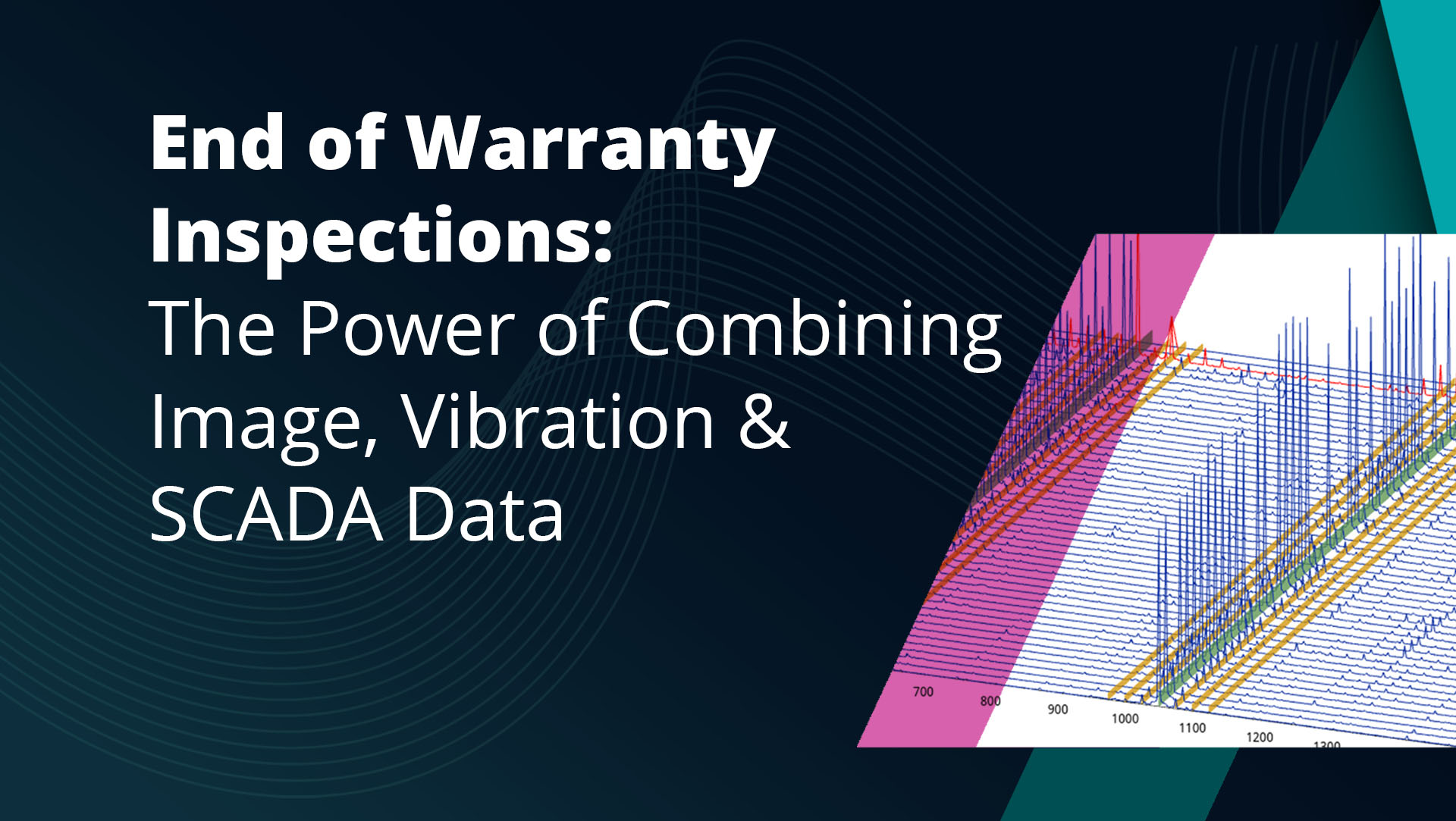As the wind energy industry looks for new ways to grow and scale operations, it’s becoming increasingly evident that drivetrain O&M is under scrutiny. Several companies are dissatisfied with their current CMS operators, citing rising costs, poor communication, and limited data access as main reasons.
The solution? Consider shifting assets to an in-house operating model for drivetrain O&M. In-housing your assets is a great way to lower CMS operations costs, increase service quality, and retake ownership of your data.
Not sure how to pitch the idea of in-housing CMS operations to the rest of your team? We’ll break down 3 major benefits of shifting your wind turbine CMS operations to an in-house model and walk you through how to take the first steps.
Ready to start the journey towards in-housing your CMS operations? We’re here to help!

Arguably the most significant benefit of in-housing drivetrain CMS operations is lowered costs and LCOE. As companies prepare for the growing demand of the renewable energy industry, it’s essential that they become as efficient with spending as possible. Cutting out third-party services gives your company a chance to reduce LCOE and instead allocate those funds to another area of company need. Let’s take a look at a few ways that shifting CMS operations to an in-house model can help trim the budget:
Reduced cost of data analysis and better data management
When companies move their CMS analysis in-house, they can reduce or eliminate expenses associated with data collection and analysis. This includes paying third-party vendors for services that your team might be capable of performing at a higher caliber.
Additionally, you’ll have more control over how data is handled, organized, and passed between team members rather than enlisting a third party to handle important information.
Increased efficiency and flexibility
In-house CMS analysis can lead to increased efficiency through better coordination and communication between different departments and teams, which can help reduce downtime and increase productivity.
In-housing analysis allows for more flexibility in terms of data analysis methods and tools, which can be customized to the specific needs and requirements of the company.

Increased expertise
In-housing analysis allows a company to develop and retain in-house expertise, which can lead to more accurate and reliable analysis over time. Using a third party service means that you have less control over knowledge retention and, depending on the extent of your knowledge base, might even lose expertise or experience additional challenges if certain employees leave the third party organization.
Better chance at winning future land bids
A lower LCOE indicates that your company is able to generate electricity at a lower cost, which can make its projects more financially viable and thus more competitive in bids. It also can increase the profitability and ROI of your organization’s projects, making it more attractive to investors and partners. Additional benefits include reduced risk, improved scalability, flexibility, and more.
Additionally, an excellent predictive maintenance strategy (which can be solidified with a great in-house CMS team) reduces an asset’s operational expenditures (OPEX) to new lows. This new level of performance is fed directly back into the financial model developers use to predict potential revenues and profits of new wind farms, and this model incorporates how much the developer will pay for the rights to build a farm in that location. For offshore auctions, the lower the CAPEX and OPEX, the greater the chance your organization will win the auction.
2. Better quality of service
One common pain point that companies using third-party CMS operations experience is poor service and a lack of alignment. Other organizations simply don’t have the same incentives to perform as your own employees, and oftentimes that leads to subpar quality of work, less communication, and less drive to meet your organization’s goals.
Shifting to an in-house drivetrain CMS model can reduce or even eliminate these pitfalls. A few notable ways that moving CMS operations in-house can improve service quality are:
More opportunities to connect
Organizations with in-house drivetrain CMS operations are able to better control the quality of service performed on their assets because there are more opportunities for team members to connect. For example, the regional managers or blade engineers might sit near the CMS engineers or work together virtually on similar projects. Additionally, the CMS engineers’ input will be requested for many different topics, and easier access to this information can boost the organization as a whole.
Reduce or overcome time zone differences
A common service pain point that can be reduced with an in-house CMS model is time zone differences. Often, the CMS engineers analyzing the data might be in a completely different region and have minimal overlap with the people at site. As a result, communication can be significantly hindered, which impacts any inspection, repair, replacement, etc. that is taking place. Instead, if the engineers are directly employed by your company, you’ll be able to implement communication processes that reduce obstacles to smooth inspections and repairs.
Uniform language and company culture
When an organization’s CMS team is completely in-house, they can be more productive and have better communication because all team members speak the same ‘language’ and understand company-specific terms, such as acronyms. Explaining niche terminology to third parties can be difficult and time-consuming, especially in a heavily nuanced field like the wind energy industry.
Company culture also plays an important role in how effectively teams can communicate and work through obstacles when they arise. Don’t overlook it, and always seek out new ways to ensure all employees are on the same page and feel valued.
Easily set goals for your entire team
In-housing your CMS operations can also improve your quality of service because your entire team will have the same established goals and targets. Unlike your own employees, a third party organization doesn’t have the same incentives and motivation to reach certain milestones. When all team members are working directly for your organization, there’s a much greater drive to succeed.
3. Increased knowledge and ownership of data
In addition to cost savings and higher service quality, in-housing your drivetrain CMS operations gives your company complete knowledge of and access to the data from your assets. Unlimited data access opens doors for deeper analysis and understanding of your assets and even more improvement of internal communication.

Complete access to data
With the unrestricted data access that comes with in-house CMS operations, your team will know precisely how each asset is performing, with nothing lost in translation and no “black box” preventing you from obtaining and analyzing data.
In-housing gives you access to SCADA data, inspection reports, OEM documentation, and direct lines of communications to operations teams. Greater data access and insights can help your company scale more quickly and track assets more closely. The agility of your team will increase, and the monitoring system can run much more smoothly and with better communication if your CMS team is based within your organization rather than a third party.
Better internal communication
Additionally, having complete knowledge and ownership of your data will lead to better internal communication because there’s a higher level of responsibility when all parties are part of the same organization. When your CMS team consists of members of multiple companies, they often don’t have the same investment in your success as an in-house team.
How to begin the in-house CMS transition process
Moving your CMS assets in-house is an excellent way for your company to take operations to the next level and prepare for the predicted scaling within the renewable energy industry. An in-house model opens up the door to better quality of service, lower costs, increased knowledge and ownership of your data, and much more.
If your team is ready to take the first steps towards an in-house shift, you’ll need to have the proper resources and processes lined up before beginning the transition. This includes having company leadership on board, hiring the necessary headcount and training them, determining which assets to shift first, and more. Solidifying these factors can be challenging, which is why partnering with a great service provider can save you a ton of headaches.
A quality service provider should have great tech support, plenty of industry experience, a flexible contract structure, and transparency about how they operate.
SkySpecs CMS Services has all of the above and more. Our software is easier to use and more intuitive than other options on the market, and we will meet you wherever you are in the in-housing process.
Ready to take the first steps towards exploring an in-house model? We’re here to walk you through it!




